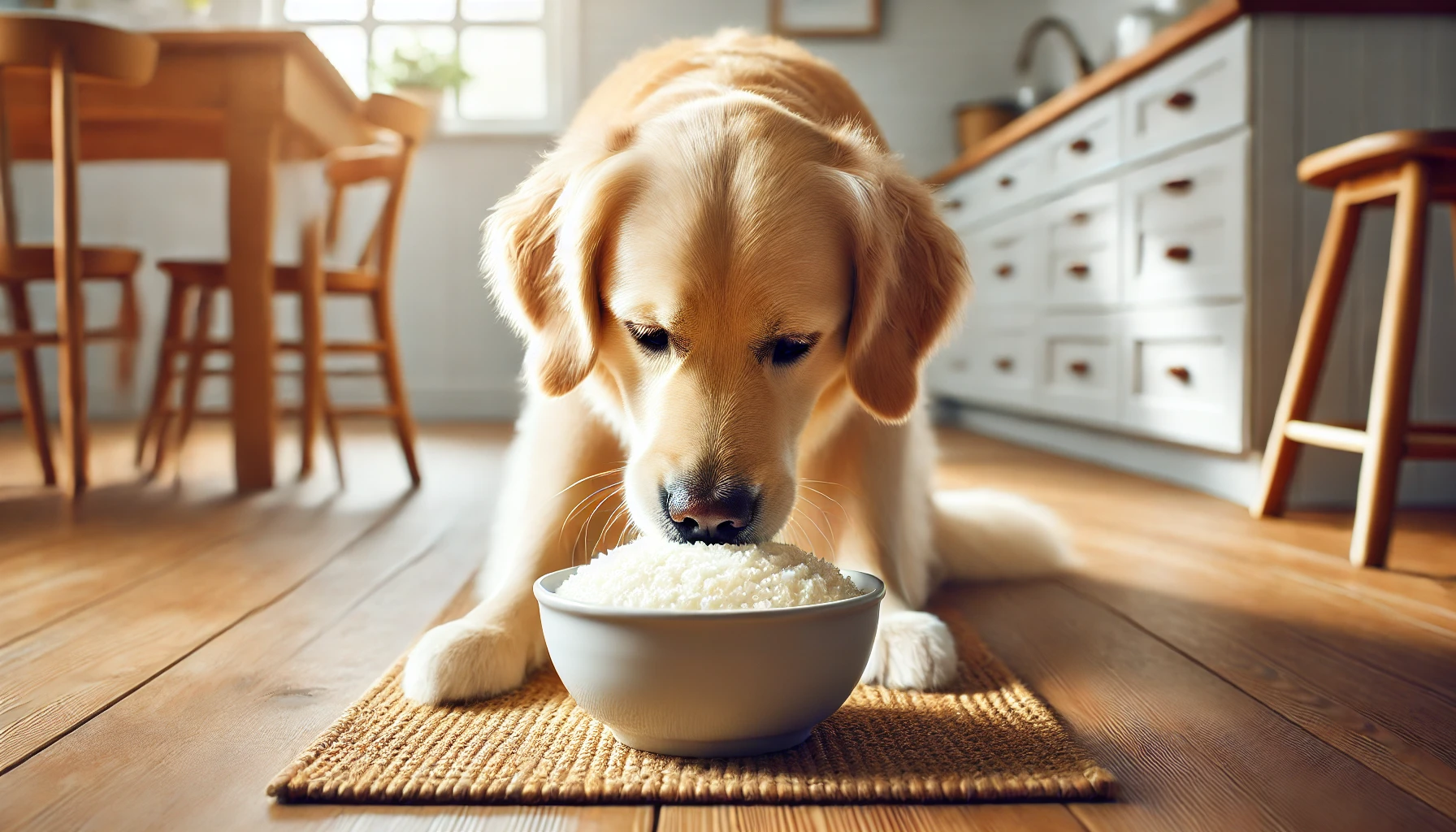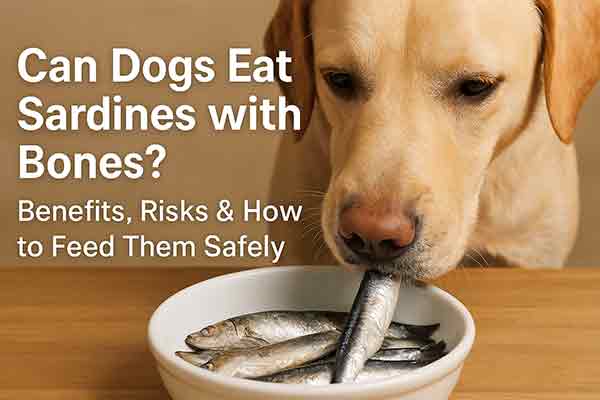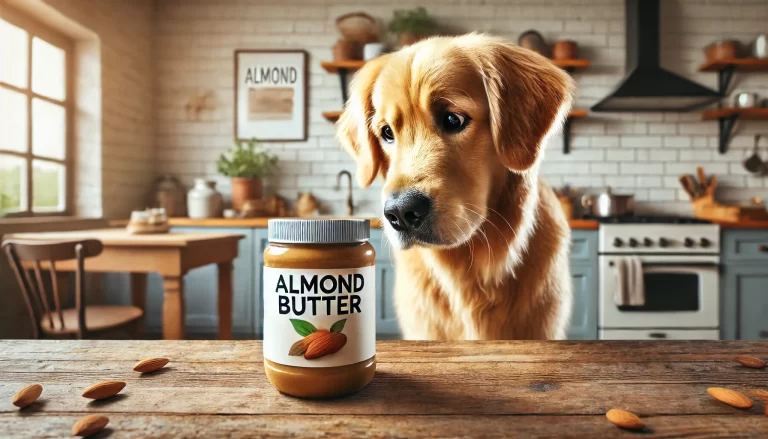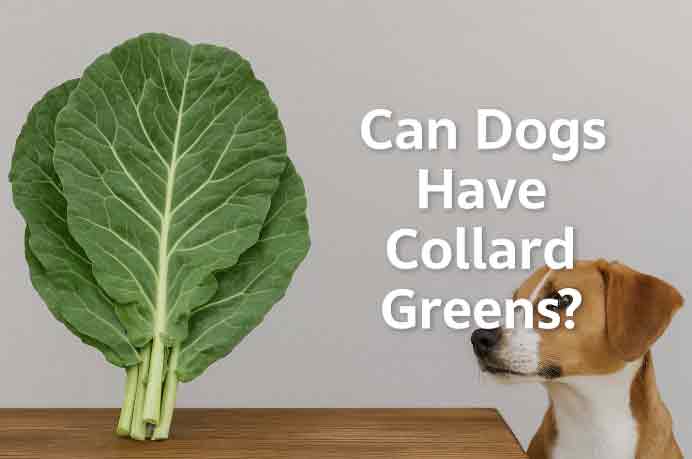Can Dogs Eat Grits? Potential Risks of Feeding Grits to Dogs
Grits are a staple in Southern cuisine, enjoyed by many people in breakfast dishes or as a comforting side. But as a dog owner, you might wonder: Can dogs eat grits? Is it safe for them, or could it lead to health problems?
In this article, we’ll explore whether grits are a healthy choice for dogs, the potential risks, and the best ways to serve them if you decide to share a small portion with your furry friend.
What Are Grits?
Grits are made from ground corn, typically boiled in water or milk to create a creamy dish. There are different types of grits, including:
-
Regular grits – Made from hominy or ground corn.
-
Instant grits – Pre-cooked and processed for quick preparation.
-
Stone-ground grits – Coarsely ground and less processed, retaining more nutrients.
-
Cheese or buttered grits – Grits with added dairy and seasonings.
Understanding what grits are made of is essential before deciding whether they are safe for dogs.
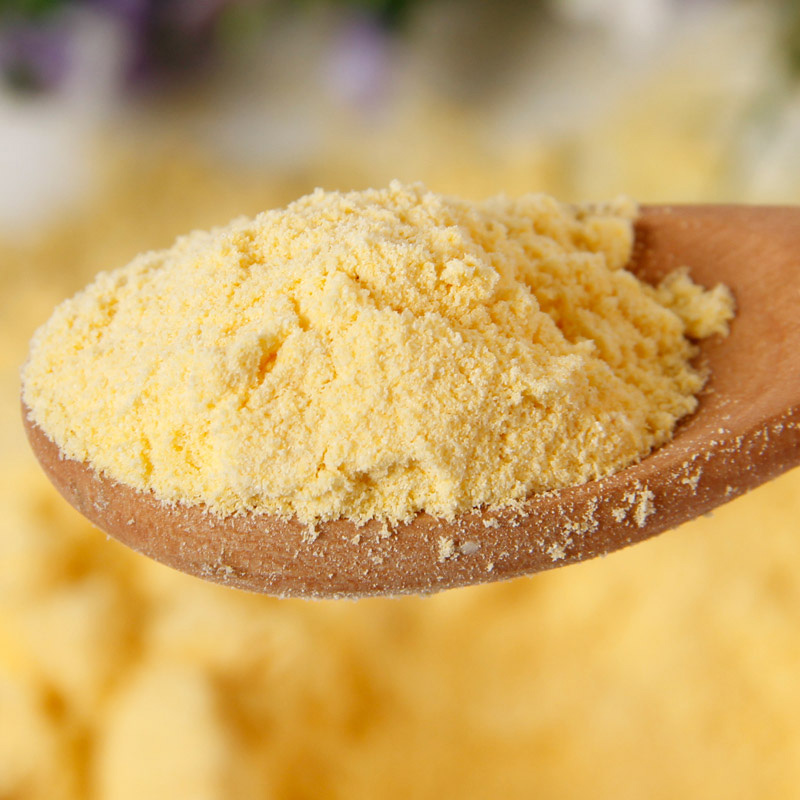
Can Dogs Eat Grits?
Yes, dogs can eat plain grits in moderation. However, grits are not a necessary part of a dog’s diet and should only be given as an occasional treat.
Here’s what you need to know:
-
Plain grits (without seasoning) are safe – Grits made only with water and without added salt, butter, cheese, or spices are generally harmless for dogs in small amounts.
-
Grits contain carbohydrates – While not harmful, excessive carbs can lead to weight gain if dogs consume them regularly.
-
Corn allergies in dogs – Some dogs are allergic to corn, which is the primary ingredient in grits. If your dog shows signs of an allergy (itching, digestive upset, or skin issues), avoid giving them grits.
Nutritional Value of Grits
Grits are primarily carbohydrates with small amounts of protein, fiber, and minimal fat. Here’s a basic breakdown of their nutritional content per 100 grams (about half a cup of cooked grits):
-
Calories: 60-80 kcal
-
Carbohydrates: 13-17g
-
Protein: 1-2g
-
Fat: 0.5-1g
-
Fiber: 1g
While grits are not toxic, they lack essential nutrients that dogs need for optimal health.
Potential Risks of Feeding Grits to Dogs
Even though plain grits are not harmful in small amounts, there are some risks to be aware of:
1. High in Carbohydrates
Dogs require a protein-rich diet, and too many carbs can lead to obesity over time. Feeding your dog grits regularly can contribute to unnecessary weight gain.
2. Possible Corn Allergies
Corn is a common food allergen for dogs. Signs of an allergic reaction include:
-
Itching and scratching
-
Ear infections
-
Digestive upset (vomiting or diarrhea)
-
Skin irritations
If your dog has had allergic reactions to corn-based foods in the past, it’s best to avoid grits.
3. Dangerous Additives
Many people prepare grits with butter, salt, milk, cheese, or sugar. These ingredients can be harmful to dogs:
-
Salt – Too much salt can lead to dehydration or sodium ion poisoning.
-
Butter & Cheese – Dairy products may cause digestive upset in lactose-intolerant dogs.
-
Sugar – Adds empty calories and can contribute to obesity.
-
Seasonings (Garlic & Onion Powder) – Toxic to dogs and can cause serious health issues.
4. Digestive Issues
If your dog has a sensitive stomach, eating grits might lead to bloating, gas, or diarrhea. Introduce them slowly and watch for any adverse reactions.
How to Safely Give Grits to Dogs
If you decide to share some grits with your pup, follow these tips to keep it safe:




Are Grits Better Than Other Human Foods for Dogs?
When comparing grits to other common human foods, here’s how they stack up:
-
Grits vs. Oatmeal – Oatmeal is a better choice because it contains more fiber and nutrients.
-
Grits vs. Rice – Plain rice is gentler on a dog’s stomach and can help with digestive issues.
-
Grits vs. Cornbread – Cornbread often contains sugar and butter, making it less suitable for dogs.
If you’re looking for a healthier alternative, oatmeal or plain rice is a better option than grits.
Final Verdict: Should You Feed Grits to Your Dog?
So, can dogs eat grits? The answer is yes, but in moderation. Plain, cooked grits without added seasonings are safe for dogs in small amounts, but they don’t offer much nutritional value.
If you do choose to feed your dog grits, make sure they are:


Since dogs thrive on a protein-rich diet, it’s always best to stick to high-quality dog food and treats designed for canine nutrition.
Frequently Asked Questions
1. Can puppies eat grits?
Puppies have more sensitive digestive systems, so it’s best to avoid giving them grits. Stick to puppy food that meets their nutritional needs.
2. What happens if my dog eats seasoned grits?
If your dog eats grits that contain butter, salt, or other seasonings, monitor them for signs of digestive upset. If they experience vomiting, diarrhea, or excessive thirst, contact your vet.
3. Can dogs eat cheesy grits?
Cheese can cause stomach upset in lactose-intolerant dogs. It’s best to avoid cheesy grits, as they often contain too much fat and salt.
4. Are instant grits safe for dogs?
Instant grits are highly processed and may contain additives. If you’re going to feed your dog grits, choose plain, stone-ground varieties instead.
5. Can dogs eat grits every day?
No. Dogs should not eat grits daily because they lack essential nutrients. Stick to occasional small servings as a treat.
Final Thoughts
Grits are not toxic to dogs, but they are not the healthiest option either. If you decide to give your dog a taste, keep it plain and in small portions. Always prioritize a balanced diet with high-quality dog food to ensure your furry friend stays happy and healthy.
Would you like more dog-friendly food recommendations? Let us know what other foods you’re curious about!

